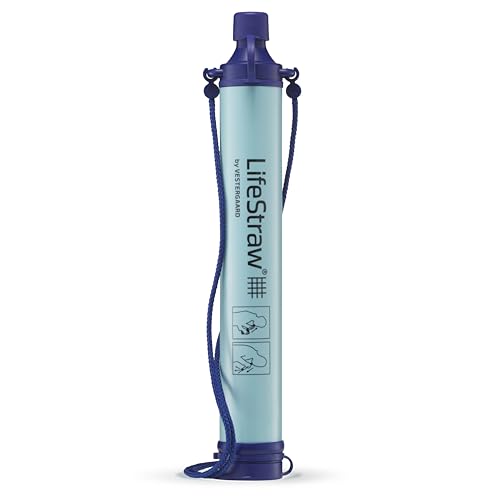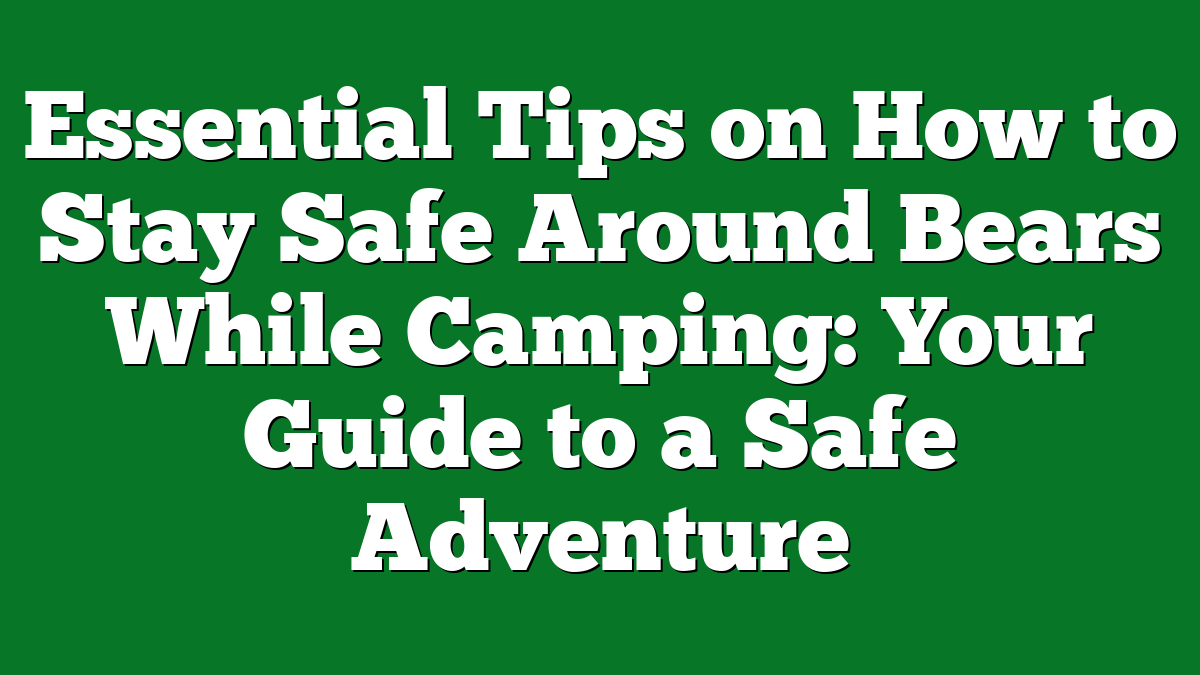When I first ventured into the great outdoors, I quickly realized how important staying connected can be, even in the most remote locations. That’s when I discovered satellite communicators. These handy devices not only keep you in touch with loved ones but also ensure you can call for help when you need it most.
Overview of Satellite Communicators
Satellite communicators serve as vital tools for outdoor enthusiasts like me. These devices offer reliable communication when I venture into remote areas, far from the reach of cell towers.
Satellite communicators enable text messaging, location sharing, and emergency SOS alerts, ensuring I stay connected with family and friends. During my hiking trips, I often rely on these devices to send updates about my journey, allowing my loved ones to know I’m safe.
Many models feature GPS functionality, which helps track my location while I explore new trails or fishing spots. I appreciate being able to pinpoint my position on a map, reducing the risk of losing my way in unfamiliar territory.
For those considering joining the outdoor adventure community, investing in a satellite communicator adds an essential layer of safety. Each model varies in features, battery life, and connectivity, tailoring to different outdoor needs. My favorites include compact, lightweight options that easily fit in my backpack, ensuring I’m prepared for any situation.
Understanding how satellite communicators operate helps maximize their benefits. They connect directly to satellites orbiting the Earth, enabling communication from virtually anywhere. This ability forms a lifeline during emergencies, allowing me to send for help if I encounter trouble.
Key Features to Consider
When choosing a satellite communicator, several key features play a significant role in ensuring it meets your outdoor needs.
Portability and Durability
Portability becomes crucial for outdoor adventures. I look for devices that easily fit in my pocket or pack without adding significant weight. A durable design withstands rugged conditions. Whether I’m hiking through rocky terrain or camping in the rain, I prefer models built to handle bumps, drops, and moisture. Devices rated for waterproofing and ruggedness often provide peace of mind during my excursions.
Battery Life and Charging Options
Battery life can make or break my experience in the wilderness. Longer-lasting batteries allow me to stay connected during extended trips. I opt for communicators with a minimum of 100 hours of standby time. Additionally, I appreciate devices with multiple charging options. Solar chargers or power banks can be lifesavers on long treks, especially when I can’t recharge through traditional methods. Knowing my communicator will hold a charge across days gives me confidence in the backcountry.
Connectivity and Coverage
Reliable connectivity is vital in the wild. I seek devices with extensive satellite coverage, ensuring I stay connected even in the most remote locations. Some models use multiple satellites, enhancing the chances of sending messages or emergency alerts. I check user reviews and coverage maps to ascertain real-life performance in areas I plan to explore. When I’m reachable, I can enjoy my adventures without worrying about missing a call from family or friends.
How to Choose the Right Satellite Communicator
Selecting the right satellite communicator is crucial for any outdoor adventure. I often find myself weighing a few factors to ensure I make the best choice for my camping trips.
Assessing Your Communication Needs
I start by evaluating how I intend to use the satellite communicator. For me, the primary needs include sending texts to loved ones, sharing my location, and having the ability to call for help if necessary. I prefer a device that offers two-way messaging and an SOS feature. If I’m planning a solo camping trip or venturing into particularly remote areas, I prioritize the reliability of emergency functions to provide that extra peace of mind.
Comparing Different Brands and Models
Next, I explore various brands and models on the market. Some of my top picks include Garmin inReach and SPOT Gen4. Garmin devices provide robust two-way messaging and GPS tracking, which I find invaluable for my hiking and camping trips. SPOT’s devices tend to have excellent battery life and are often more affordable, making them appealing for those just starting in the outdoors. It’s always helpful to read reviews and compare features, ensuring I choose a communicator that fits my specific outdoor lifestyle.
Setting Up Your Satellite Communicator
Setting up your satellite communicator requires a few straightforward steps. These devices ensure I stay connected during my outdoor adventures, making communication easy and reliable.
Initial Configuration Steps
- Charge Your Device: Start by fully charging the satellite communicator. A complete charge prevents unexpected outages during critical moments.
- Download the App: Most satellite communicators come with a companion app. Download it to your smartphone to enhance functionality like messaging and tracking.
- Create an Account: Set up an account within the app. This process often includes entering personal information and device details.
- Pair Your Device: Follow the app instructions to pair your satellite communicator with your smartphone. This connection enables two-way messaging and location sharing.
- Test Settings: Adjust settings within the app, including emergency contacts and messaging preferences. Customizing these options ensures quicker responses in emergencies.
Testing Connectivity
- Find an Open Area: Conduct this test in an open space to maximize satellite visibility. Dense forests or mountainous areas can obstruct signals.
- Send a Test Message: Use the communicator to send a simple test message to a friend or family member. This confirms that the device works correctly.
- Check the GPS Function: Verify the GPS functionality by sharing your location with your contact. Ensure they can see your updated position.
- Send an SOS Signal: Familiarize yourself with the emergency SOS feature. Send a test SOS, if possible, to reassure yourself that it activates properly.
- Adjust Settings as Needed: Review the test results and adjust any settings for better performance. Regular testing before trips ensures reliability when it matters most.
Following these steps ensures a functional satellite communicator, ready for the great outdoors. Keeping connected brings peace of mind, enhancing the outdoor experience for every camper.
Best Practices for Using a Satellite Communicator
Using a satellite communicator effectively enhances outdoor experiences and ensures safety. Here are some best practices to maximize your device’s potential.
Effective Messaging Techniques
- Keep Messages Brief: Short messages reduce the chances of miscommunication. Stick to essential details, especially since satellite signals can be inconsistent.
- Use Predefined Messages: Many devices allow setting up templates for quick messages. Use predefined texts for common updates, such as “I’m safe” or “Need help.”
- Share Location Frequently: Regularly update your location with loved ones. This practice enhances peace of mind, as they’ll always know where I’m at.
- Include Context: When messaging, add context about your surroundings or plans. Mentioning the terrain or weather conditions can help others understand your situation better.
- Test Messaging Features: Before heading out, test all messaging functions. Send messages to friends or family to verify connectivity and ensure they receive them without issues.
Tips for Emergency Situations
- Know the SOS Process: Familiarize yourself with the SOS function on your device before a trip. This knowledge can be lifesaving in an emergency.
- Use Clear, Direct Language: If you need to send an emergency message, be specific about the situation. Clearly state “Injured, need assistance” or “Lost, GPS coordinates are [insert coordinates].”
- Stay Calm and Focused: In emergencies, staying calm ensures I can think clearly. Rely on my training and the device to guide me through the situation.
- Check Signal Strength: Ensure I’m in an open area with a clear view of the sky when sending SOS signals. Obstacles can affect communication.
- Have a Backup Plan: Always have a secondary communication method, like a whistle or signal mirror. This redundancy can be crucial if my satellite communicator fails.
Conclusion
Using a satellite communicator has truly transformed my outdoor adventures. It’s comforting to know I can stay connected with loved ones and have a reliable way to call for help if needed. The peace of mind it brings is invaluable, especially when I’m exploring remote areas.
Choosing the right device tailored to my needs has made all the difference. I appreciate the features that allow me to share my location and send quick updates. Regularly testing my communicator ensures I’m prepared for any situation.
I hope my experiences inspire you to consider adding a satellite communicator to your gear. It’s not just about staying connected; it’s about enhancing your outdoor experience while keeping safety a top priority. Happy adventuring!











